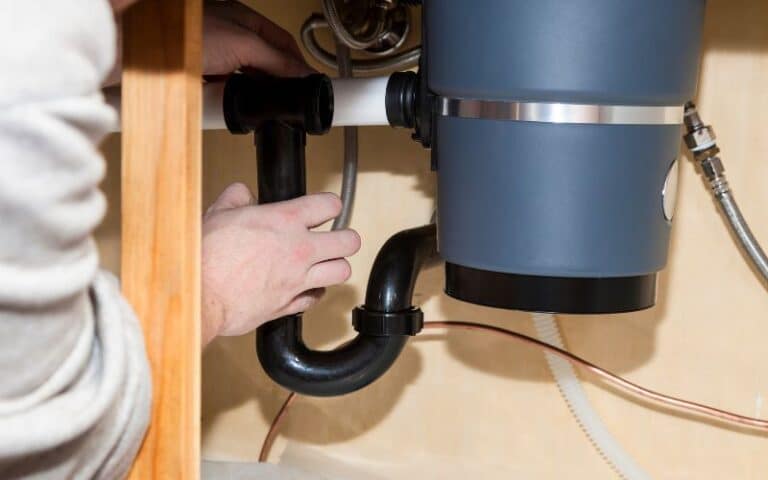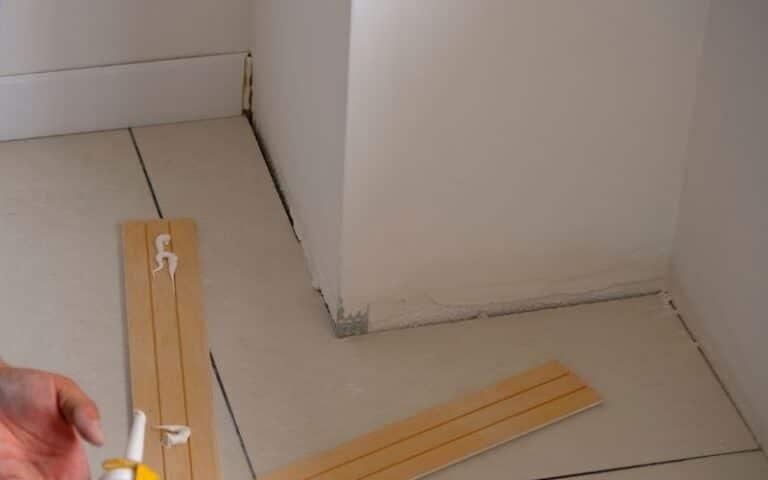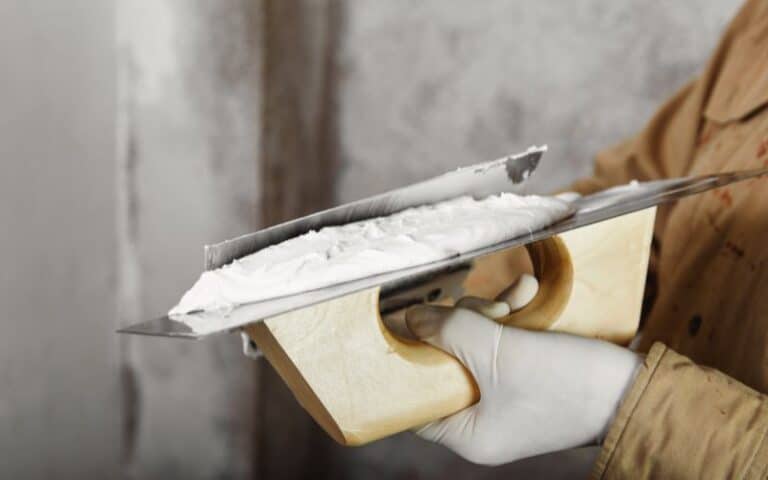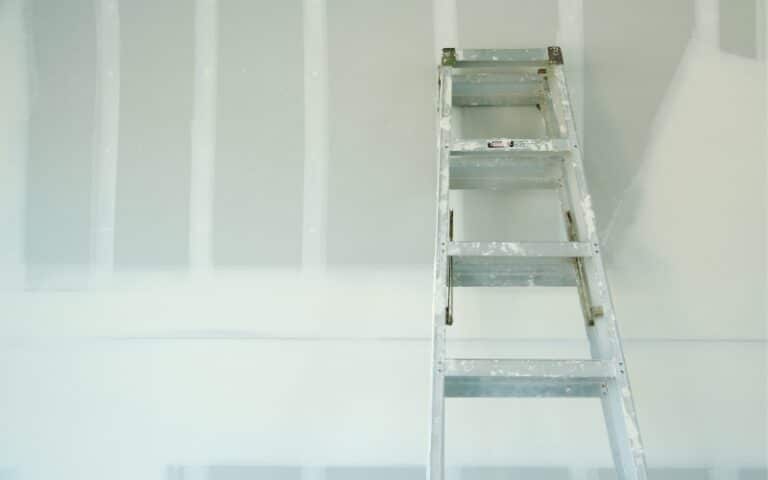Drywall mud is a joint compound used for finishing drywall joints, nail heads, and other imperfections in wall surfaces.
It is typically made from gypsum plaster and glue that can form a paste when mixed with water.
However, recently many concerns abound about whether the mixture can freeze in extreme weather conditions.
The question is important since it affects the material’s longevity, so let’s find out.
In cold temperatures and with enough moisture, drywall mud can freeze like any other material mixture. However, this depends on several factors, such as the type of packaging used and its exposure to cold temperatures. To prevent such scenarios, always store the mixture in a temperature-controlled environment. Avoid exposure to temperatures below 32°F.
This article will explore the question of drywall mud freezing by looking at the properties of drywall mud.
We’ll also explain its reaction to cold temperatures and what homeowners should do if their drywall mud freezes.
Ready for a Drywall Quiz?
How Much Cold Is Too Much for Drywall Mud?

Cold temperatures can hurt the performance and durability of drywall mud.
And to ensure that the drywall performs as expected, it’s important to understand how much cold is extreme.
The usual temperature range for drywall mud is between 55°F and 95°F. But note that this range can vary slightly depending on the mud used.
Consequently, anything below 50⁰F is too extreme and should be avoided. if the mixture goes below 32⁰F, it’ll freeze.
This suggestion is also applicable when applying drywall. To ensure that the temperature outside or on the surface of the drywall isn’t below 45°F or above 80⁰F.
To your knowledge, cold temperatures usually significantly impact the efficiency of drywall mud. It can cause the mud to become less bonding and more difficult to work with.
This can furthermore lead to a decrease in productivity, as well as an increase in labor costs due to the increased difficulty of working with the mud.
In addition, the mud can also become stiff and dry out faster than normal, making it more difficult to achieve a smooth finish.
As a guide, you should store the mixture in a temperature-controlled environment to ensure optimal performance. The atmosphere should be warm enough and dry.
Most importantly, ensure to use a low-temperature setting during mixing and applying. And also, allow for adequate drying time before sanding or painting.
With these helpful tips, you can ensure your project runs smoothly and efficiently, even in colder temperatures.
Can You Use Drywall Mud After Freezing?
I don’t recommend frozen drywall mud, as freezing makes the mud brittle and easily breakable. The texture of the mud compromises when frozen, making it difficult to work with.
If you intend to use frozen drywall, ensure to mix it thoroughly. Also, discard any lumps or clumps that may have formed during freezing.
You can do this easily by thawing out the mixture. The safest and most effective technique is keeping the drywall in a room-temperature environment and allowing it to melt slowly.
There are also other techniques to thaw frozen drywall. But they’re not so efficient and may be harmful to the mixture.
A few include using a heat gun and a hair dryer.
#1. Using a Heat Gun
A heat gun is more powerful than a hair dryer and should only be used by experienced professionals.
When using a heat gun, starting at the lowest temperature setting and slowly moving up is important. The goal is to thaw the mud without causing any damage or warping.
As a rule of thumb, hold the gun at about 6 inches away from the mud. Then move it in a circular motion around the thawed area.
Keep moving the heat gun around so one area doesn’t get too hot and damaged.
#2. Using a Hair Dryer
The hair dryer alternative is the most common technique and is safe
It entails using a hair dryer to heat the frozen mud until it becomes soft enough. The key is to keep the temperature low enough so that the drywall mud does impair.
To ensure this, you should use a temperature setting no higher than low-medium.
In addition, keep the dryer constantly moving over the frozen mud, ensuring it doesn’t stay in one spot for too long.
Once the mud has heated up enough, mix it thoroughly to achieve a smooth and consistent texture.
Overall, you can use thawed frozen drywall mud the same way as regular drywall mud. Once you thaw the ice properly, mix any excess moisture, and apply accordingly.
Additionally, studies have shown that thawed frozen drywall mud has a shorter shelf life than regular drywall mud. So, use the mixture immediately after thawing, and don’t keep it for long.
Also, I don’t recommend adding hot water to frozen drywall because the mixture can get spoilt.
Even though it may seem like a good idea to some DIYers, there are other better alternatives.
However, it’s good to weigh the associated pros and cons with such a technique and make an informed decision.
The table below highlights some of them:
| Pros | Cons |
|---|---|
| It hastens the thawing process | It may cause shrinkage in the mud, leading to imperfections in the wall’s surface. |
| It helps make the mixture soft and easier to spread | Uneven drying and cracking of the surface due to uneven temperatures |
| Hot water is readily accessible | Increased risk of mold growth if not properly dried after thawing |
How to Prevent Drywall Mud from Freezing?
Drywall mud is a necessary material for many construction and renovation projects. Unfortunately, it can impair if you expose it to freezing temperatures.
Therefore, taking the necessary precautions ensures the drywall mud does not freeze and become unusable.
Here are some precautionary measures to ensure that the mud remains in good condition:
#1. Store the Drywall Mud in Temperatures Above 32°F
One essential step in preventing frozen drywall is preserving it in the proper temperature environment. Drywall muds come in the form of paste; therefore contains water and can freeze.
Freezing, on the other hand, is a phenomenon that occurs at temperatures below 32⁰F, and this translates directly to your drywall mud. It’ll freeze if exposed to a temperature below 32⁰F.
To prevent such scenarios, always keep the drywall above 32⁰F(typically 55⁰F to 95⁰F). Anything less than that will trigger freezing.
#2. Keep the Drywall Mud Sealed in a Container When Not in Use
Keeping drywall mud sealed is another important measure. It ensures the drywall mud is completely covered so no moisture can enter.
Sealing the drywall mud also helps to reduce the risk of mold and mildew growth by preventing moisture escape.
#3. Store the Drywall Mud Indoors(Away From Windows or Other Sources of Cold Air Drafts)
Keeping the drywall away from windows and air drafts will ensure storage at a more consistent temperature, thus preventing freezing.
This concept is evaluated clearly with a closed system, where there’s usually no heat flow(heat cannot flow in or out of the environment).
Storing the drywall mud in a closed environment like your garage where there are no drastic temperature changes preserves the quality and effectiveness.
What Is the Best Way to Store Excess Drywall Mud?
Storing excess drywall mud is an important part of any drywall project.
The best way to store excess drywall mud is to keep it in a cool, dry place with low humidity. It should also be kept away from direct sunlight and other heat sources.
In addition, the container should be airtight to prevent moisture from entering and causing mold or mildew growth.
It’s also important to label the containers clearly with the date of storage so that you can easily identify them when needed.
As a precaution, avoid storing excess drywall mud in the fridge, as it can cause various problems.
The high humidity in the fridge can prompt moisture to build up, leading to mold and mildew growth on the drywall mud.
This build-up can also create an unpleasant smell and contaminate other food items in the refrigerator. So it’s best to store the drywall in a cool, dry place away from food items.
With proper storage, your excess drywall mud will remain unspoiled even for a long time.
FAQs
Can Drywall Mud Go Bad?
Your drywall will surely go bad if you don’t store it effectively. Exposure to unfavorable weather conditions will compromise the quality of the mixture.
What Temperature Is Bad for Drywall?
Generally, temperatures lower than 55⁰F and higher than 95⁰F are dangerous; you should avoid them. Drywalls deter excessively hot and cold atmospheres.
Is It Ok to Leave Drywall Outside?
Exposing your drywall to elements is dangerous to its well-being, especially when uncovered. Keeping the mixture indoors with less heat, humidity, and moisture is safer.






